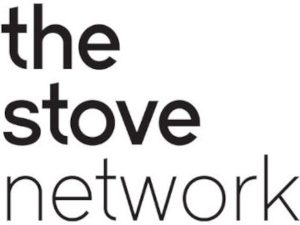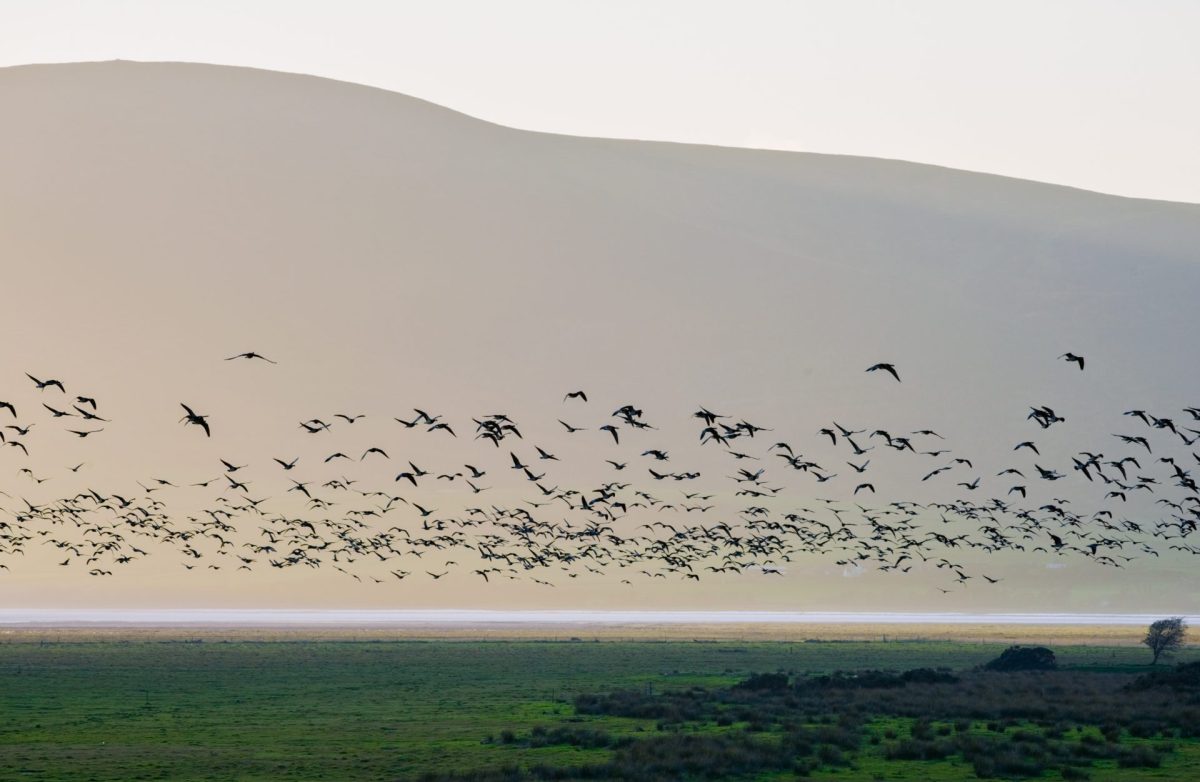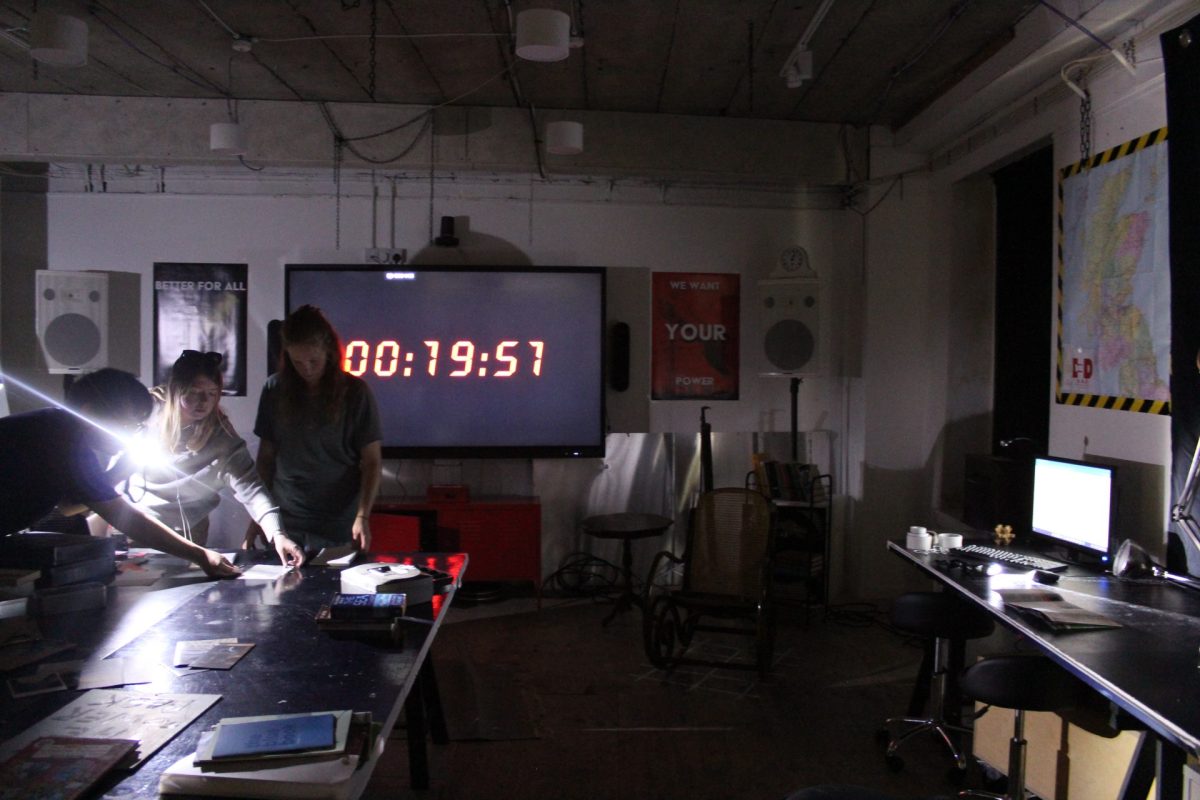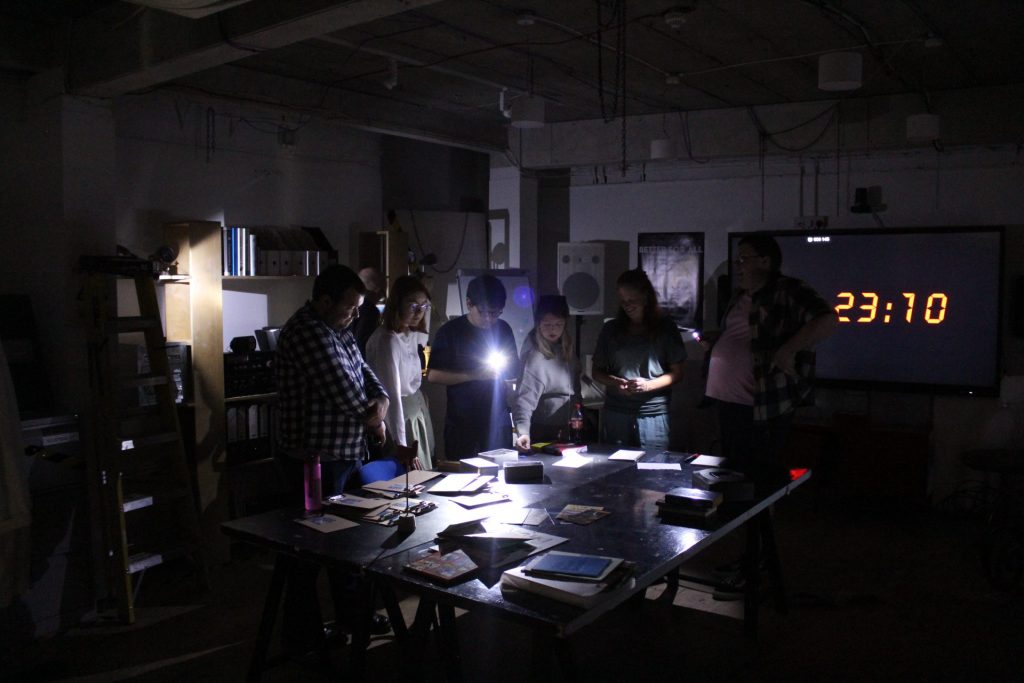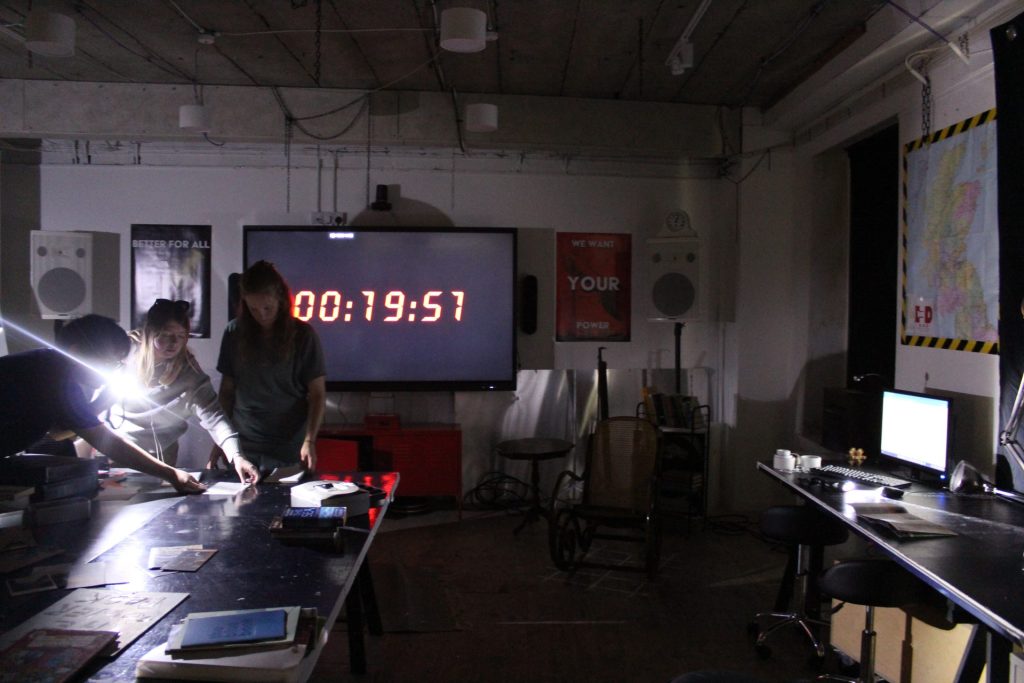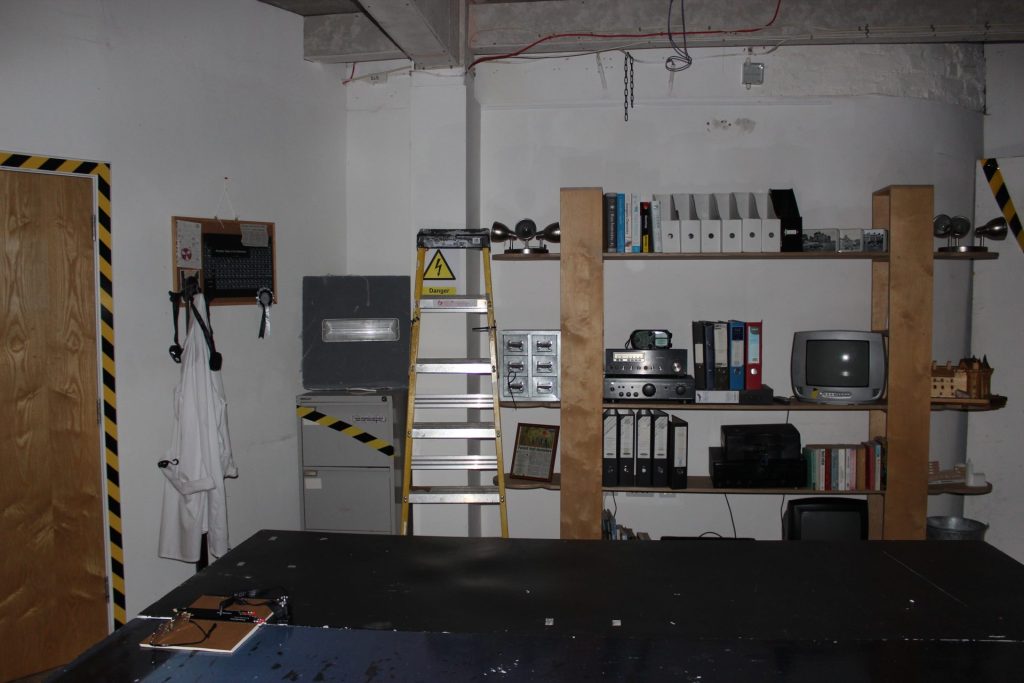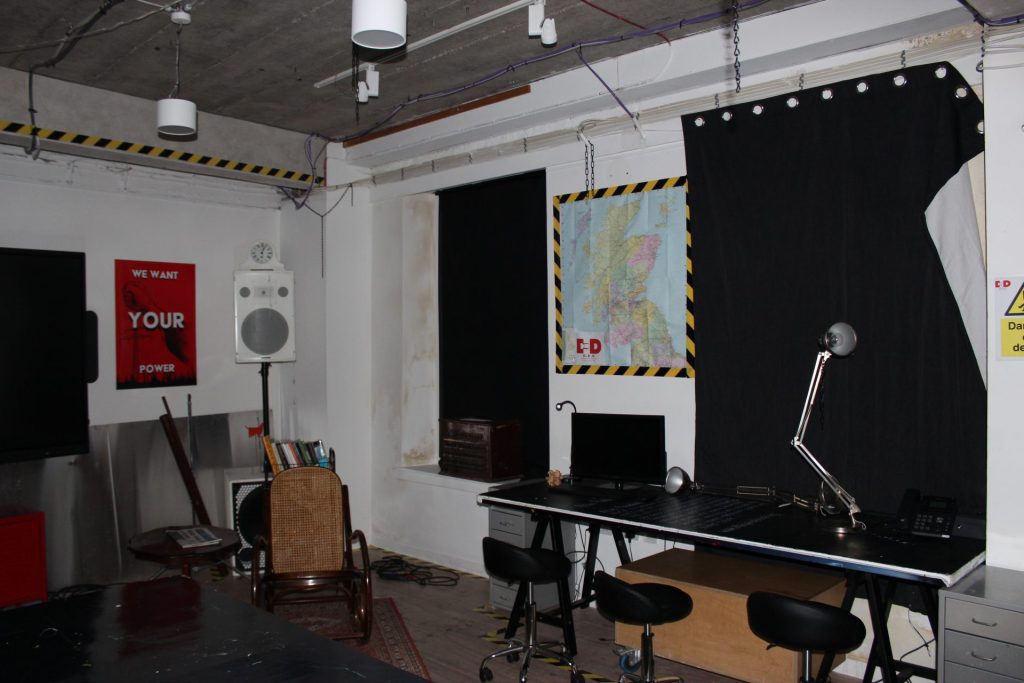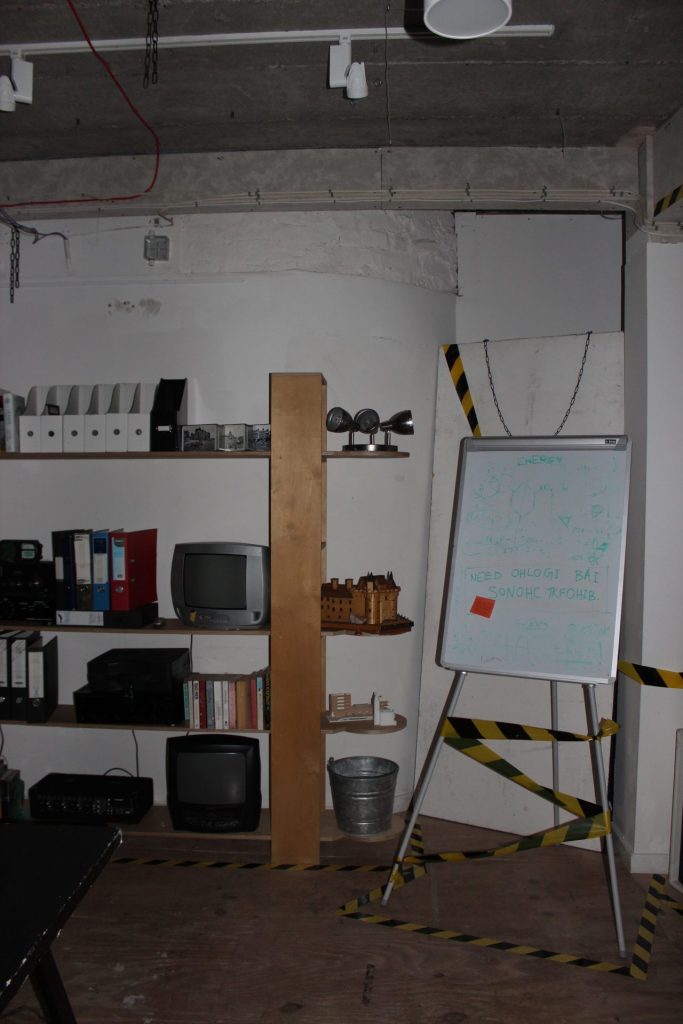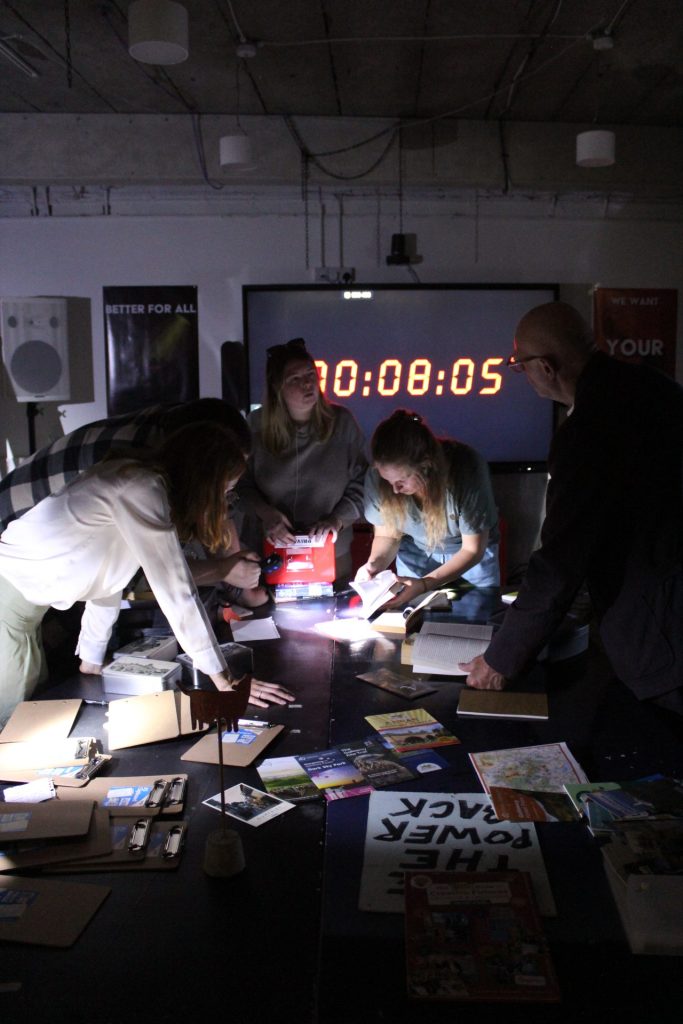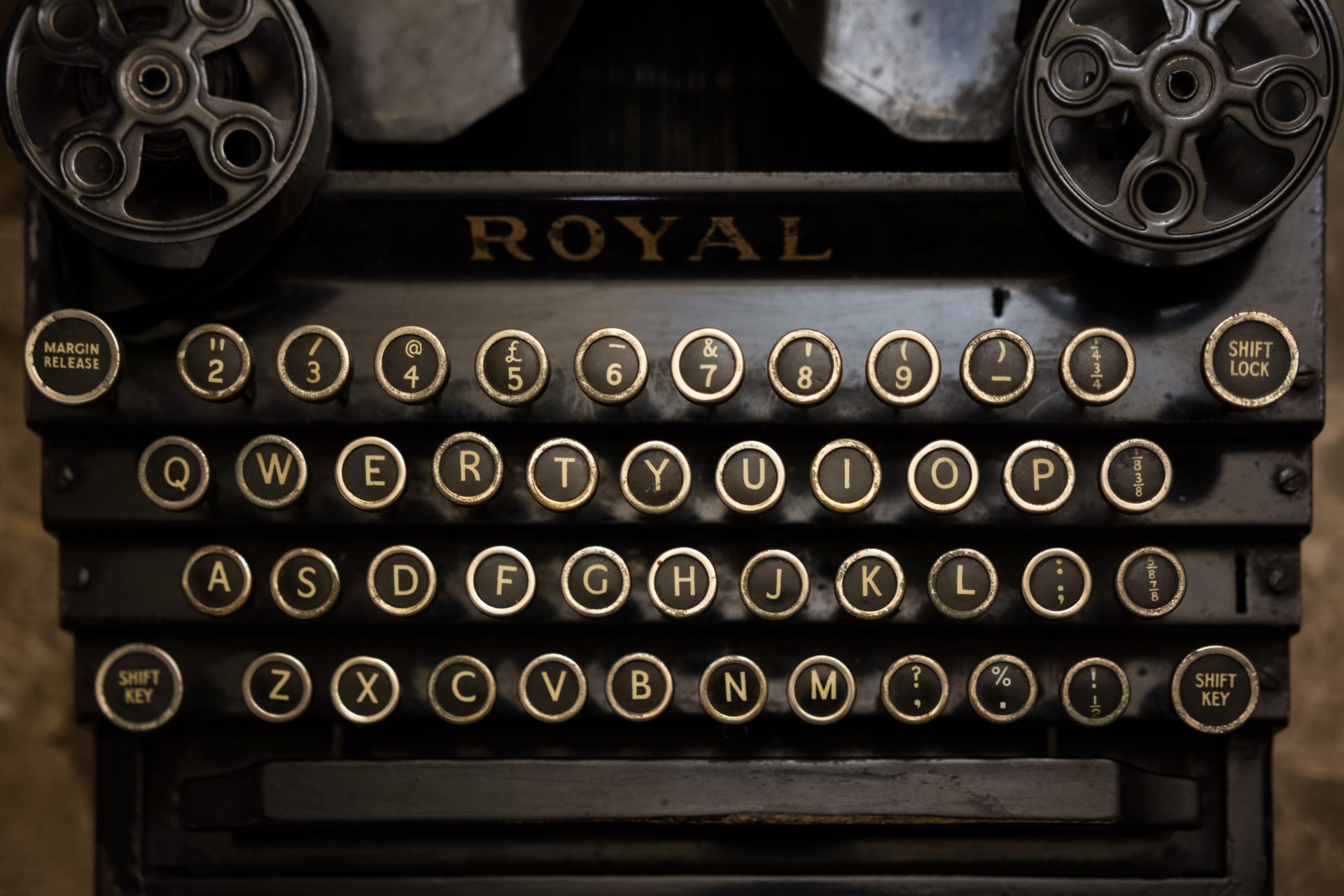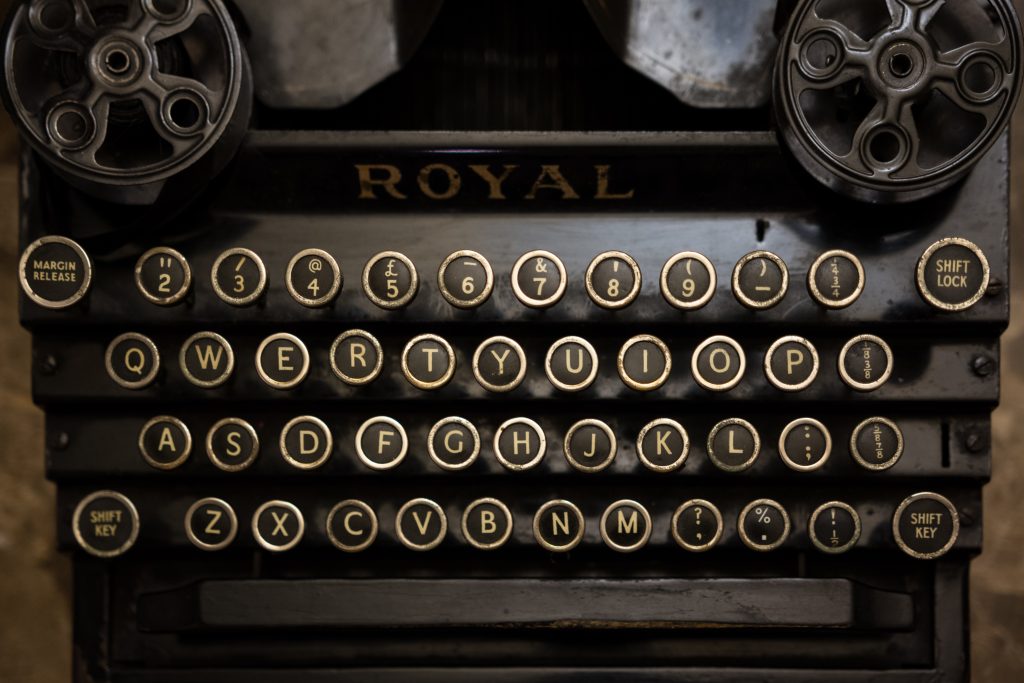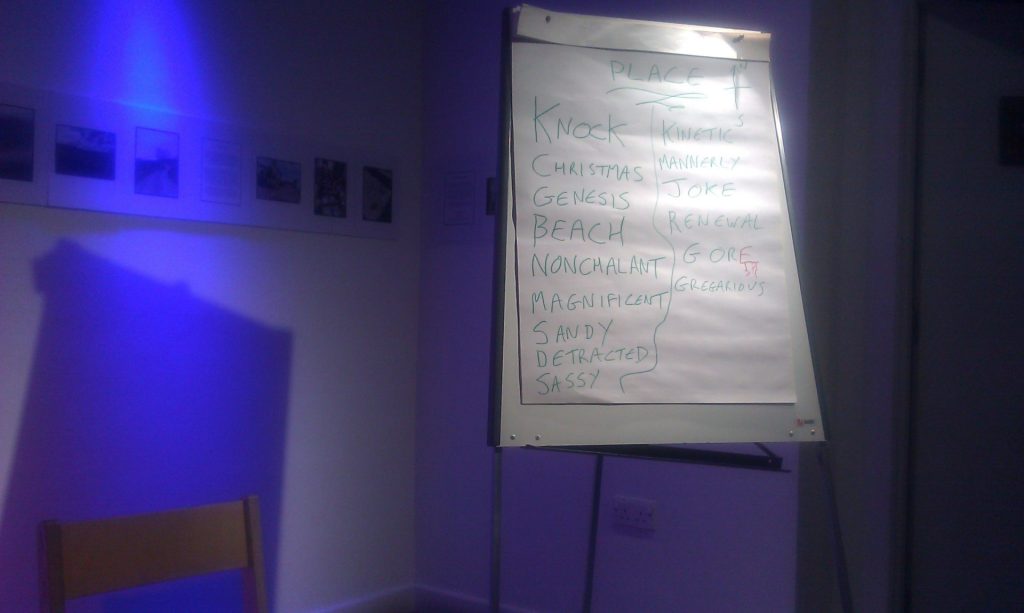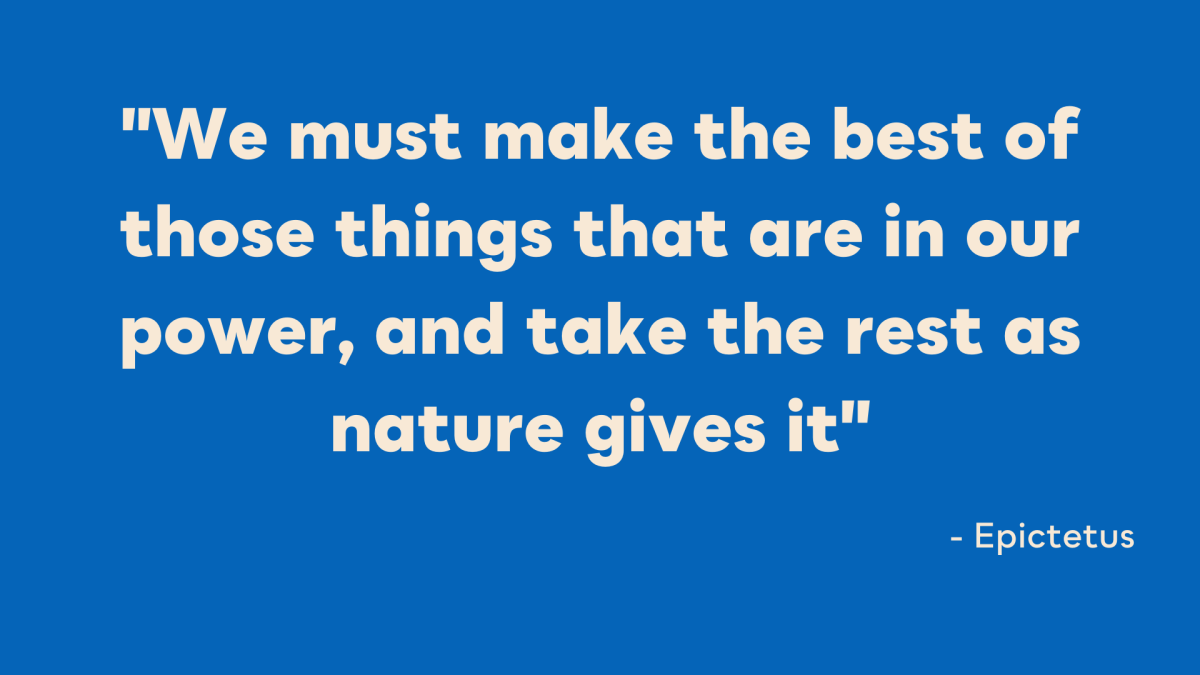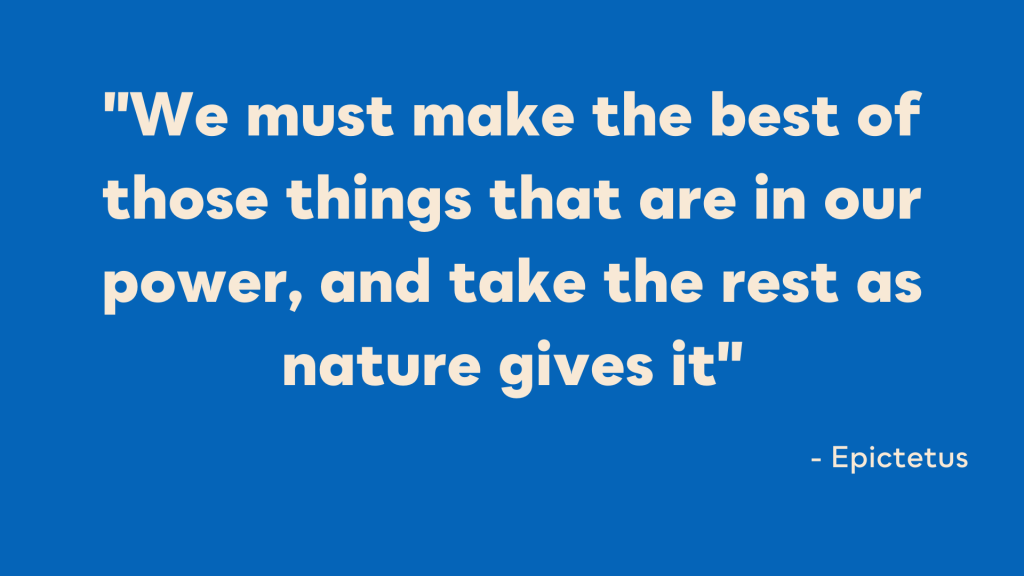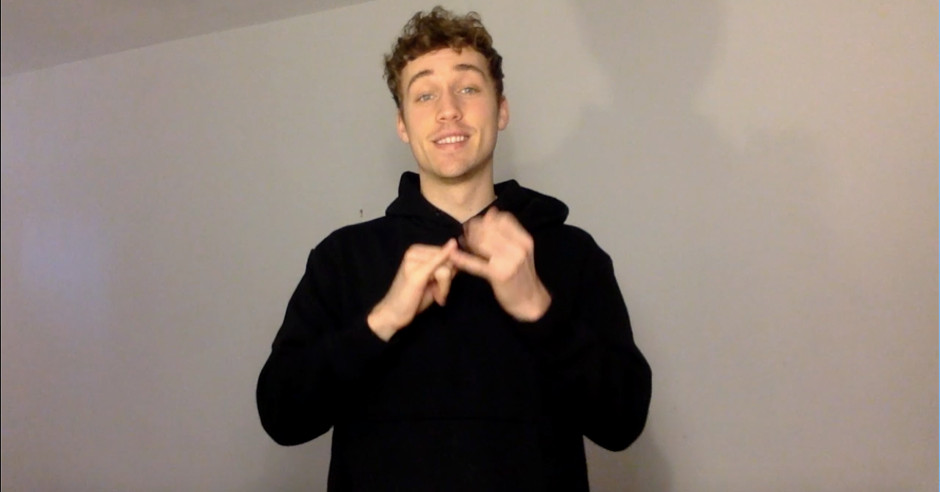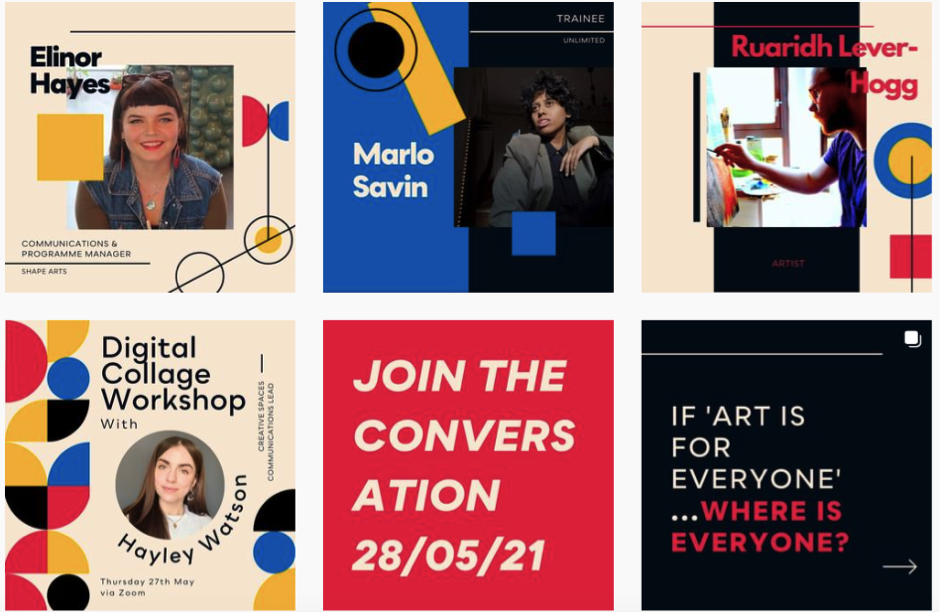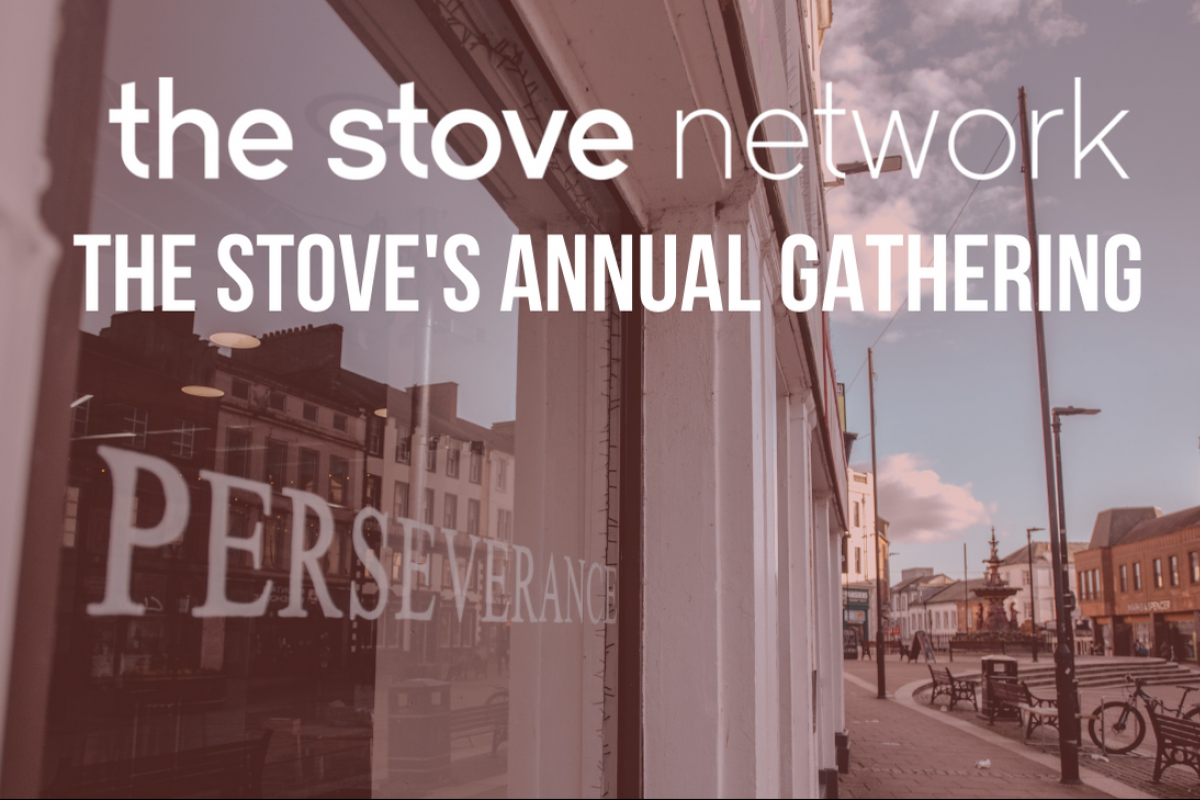The Wild Goose Festival returned for another year of inspiring and educational family-friendly activities and events. Read about our 2023 Festival below.
The Wild Goose Festival returned to Dumfries and Galloway this autumn, bringing with it a flock of exciting events and activities for all ages. The festival, which ran from October 19th – 29th, is inspired by the annual migration of geese to the Solway Firth.
Over the course of the festival, the public had the opportunity to learn about the incredible journey of these birds, as well as the diverse ecosystems and wildlife of Dumfries and Galloway. The festival also featured a variety of creative workshops, interactive storytelling sessions, and nature walks.
A Celebration of Nature, Creativity and Place
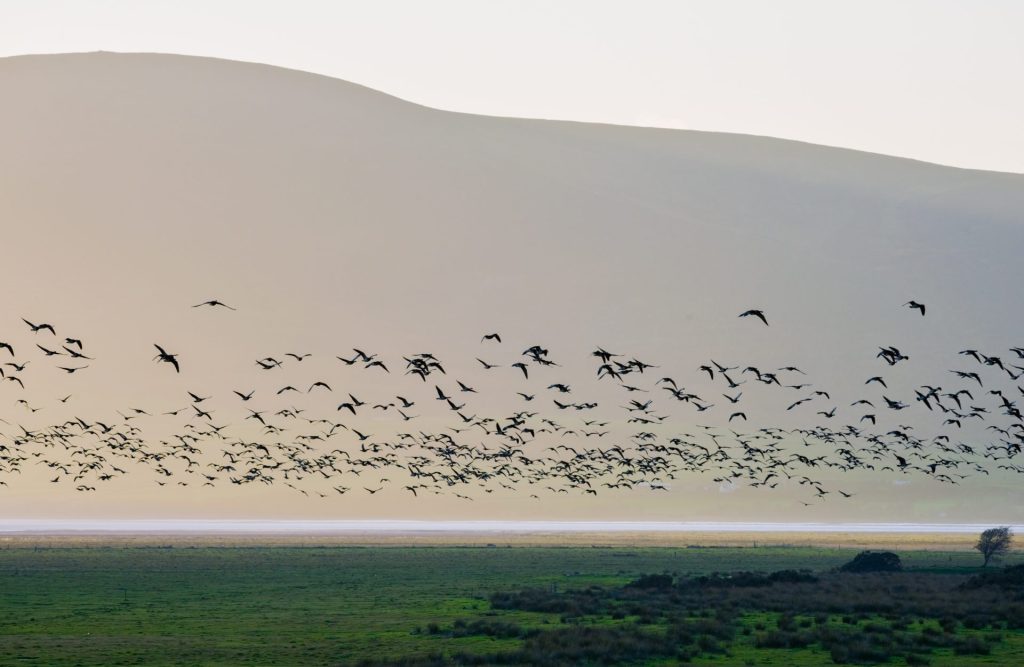
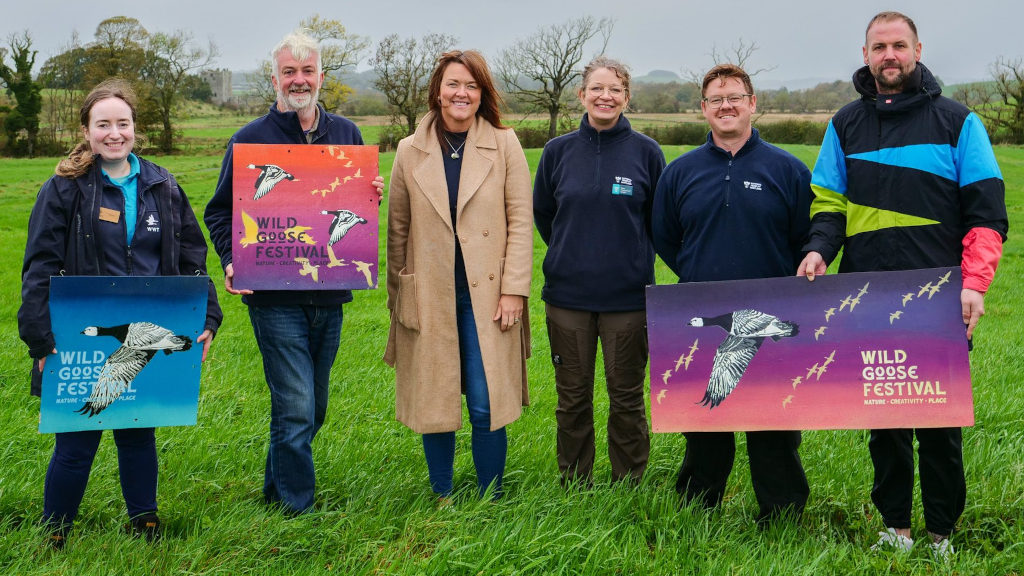
The Wild Goose Festival is not just about geese; it celebrates both the inspirational journey undertaken by our feathered friends and our deep connection with the natural world.
This year’s family-friendly program aimed to engage communities through creativity, education, and play, building meaningful relationships and encouraging people of all generations to reconnect with their environment.
With events taking place throughout the region, from Stranraer across to Glencaple, the Wild Goose Festival saw an audience of around 4200 people celebrating the journey of the geese.
A Hub for Discovery and Creativity
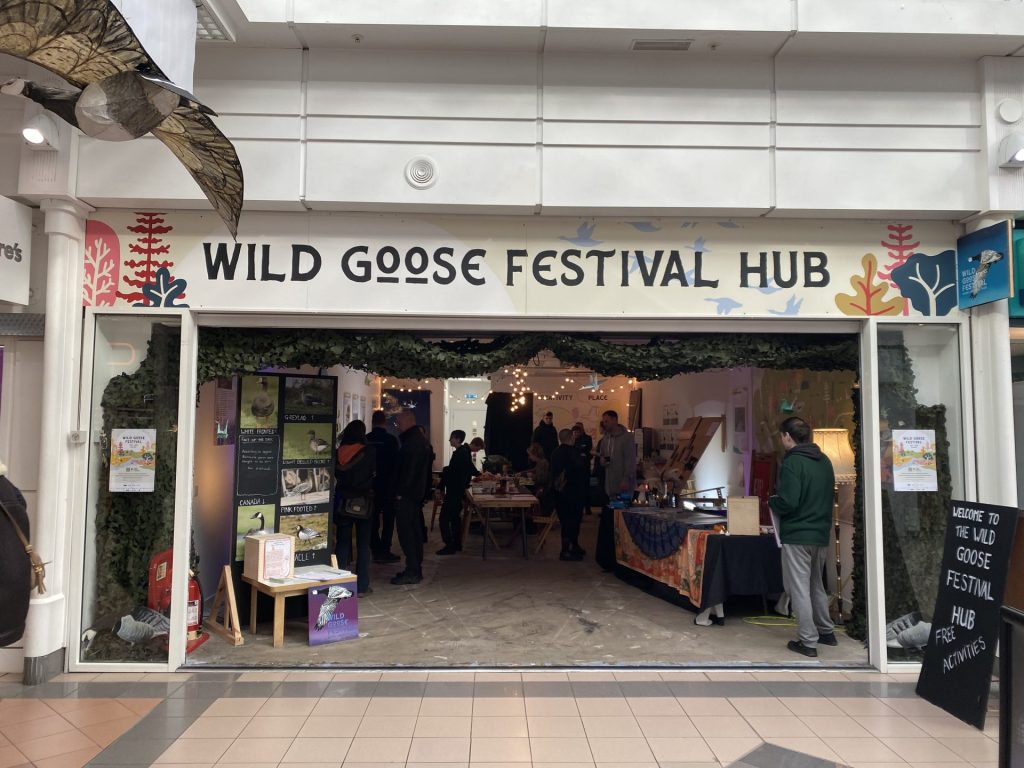
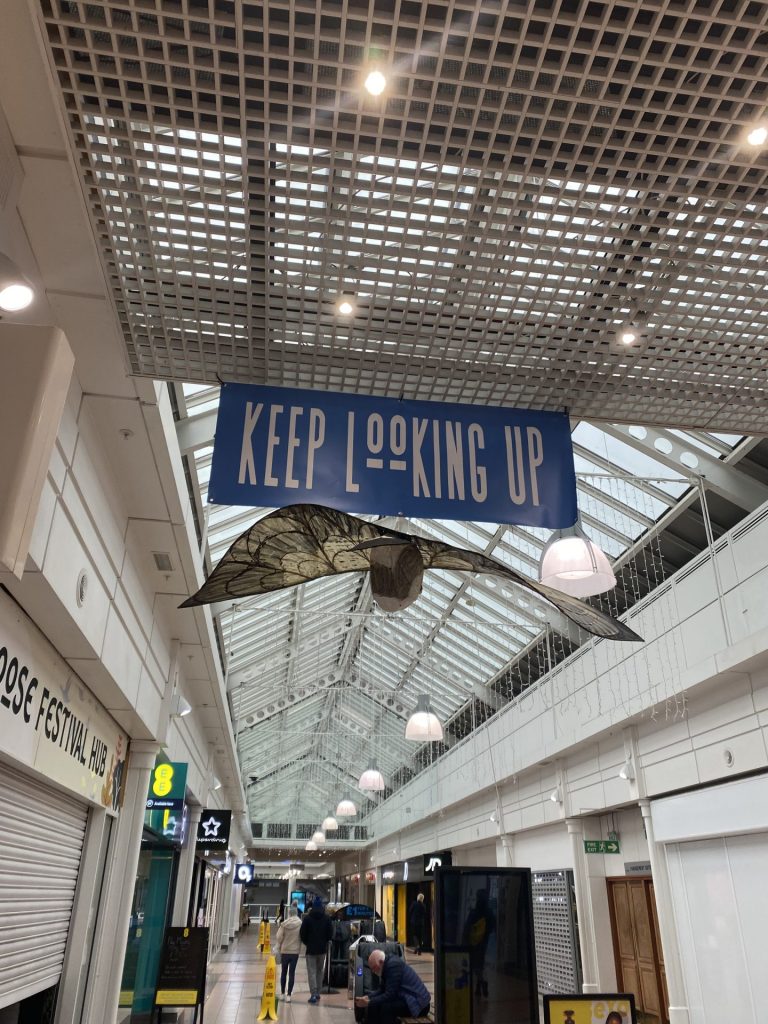
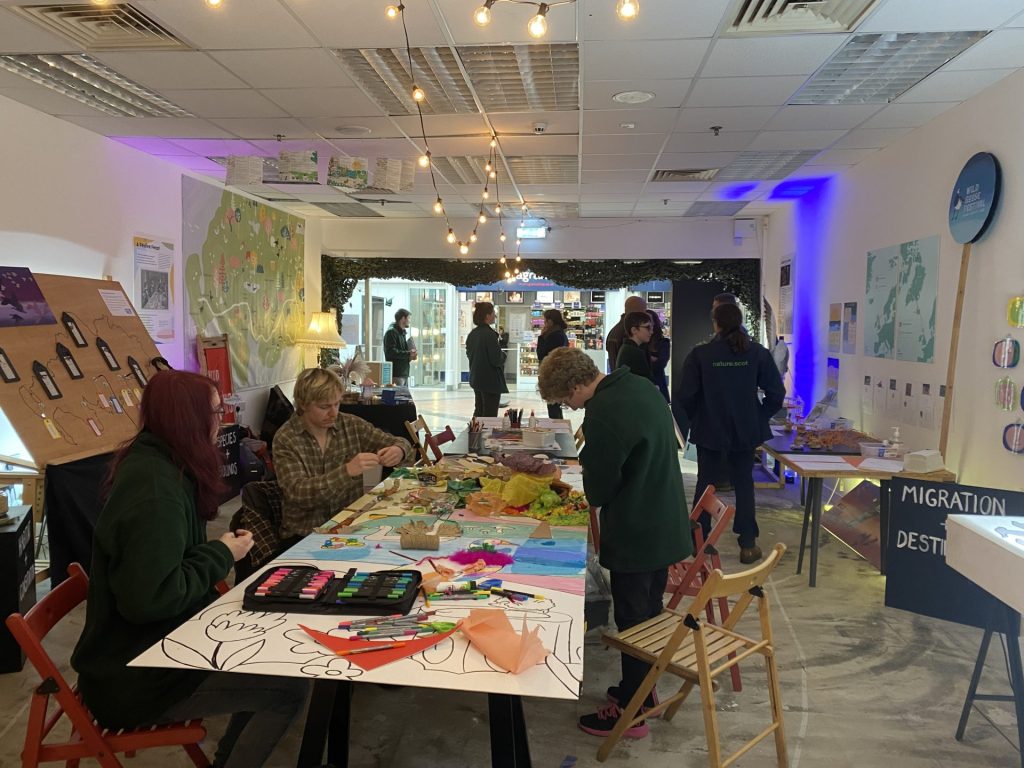
This year’s Festival Hub opened its doors in a brand new location within the Loreburne Centre in Dumfries. The Hub served as an information point for the festival, as well as an accessible space where a variety of fun and creative activities was hosted.
At the hub, members of the public could engage with individuals dedicated to protecting our natural resources, unleash their creativity with artists, and delve into the fascinating world of wild geese, discovering why these birds make their annual pilgrimage to Dumfries & Galloway.
Around 800 people visited the Hub this year, to see the full programme of events that were available, click here.
A Festival for All Ages
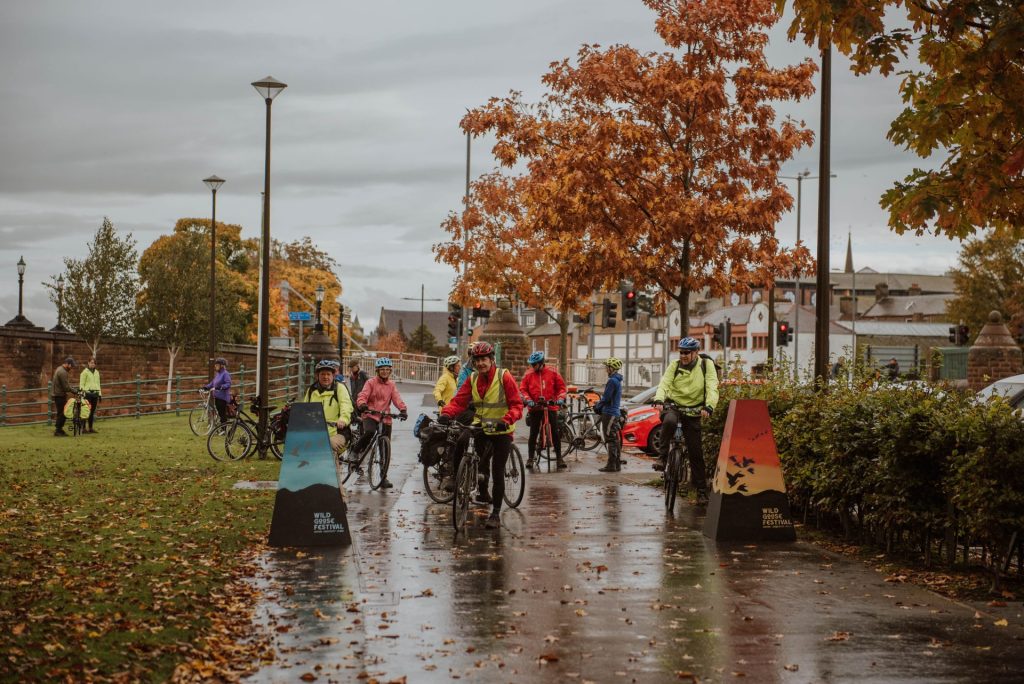
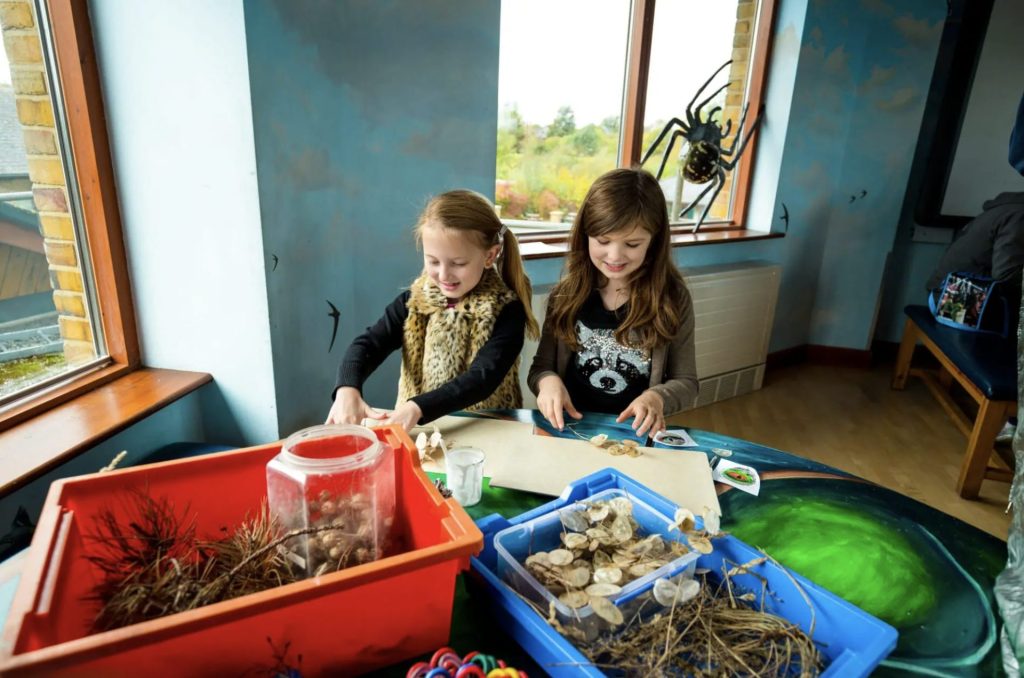
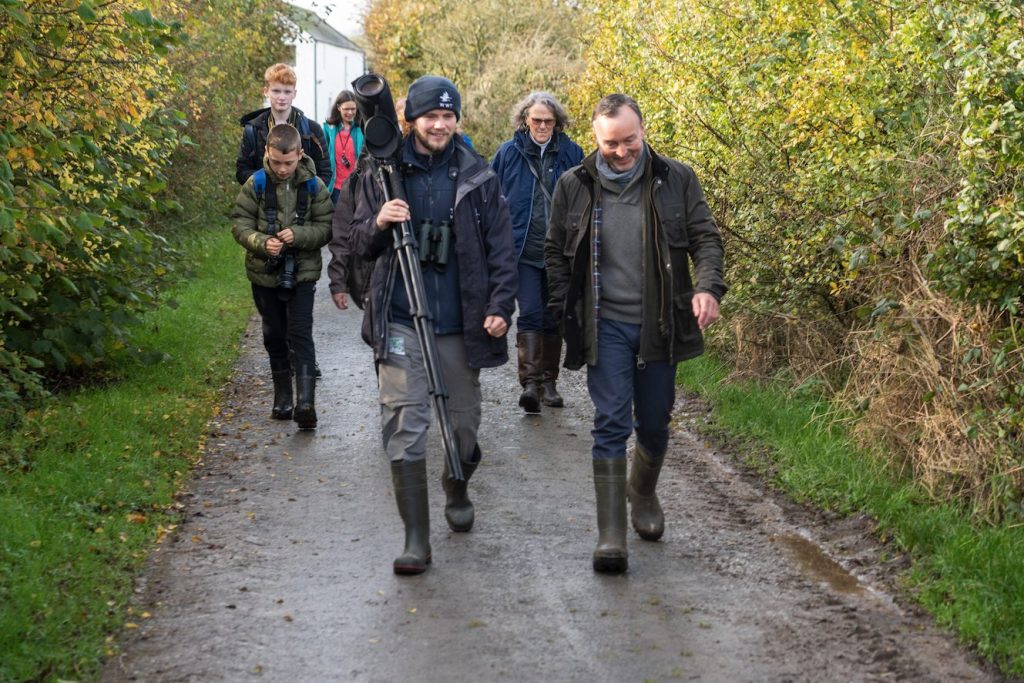
The Wild Goose Festival’s family-friendly program cultivated meaningful conversation between generations and encouraged participants to reconnect with the environment around them.
From seasoned birdwatchers to curious newcomers, the Wild Goose Festival 2023 had a range of events for all ages and backgrounds. To view each of our 2023 events visit here.
A Focus on Environmental Awareness
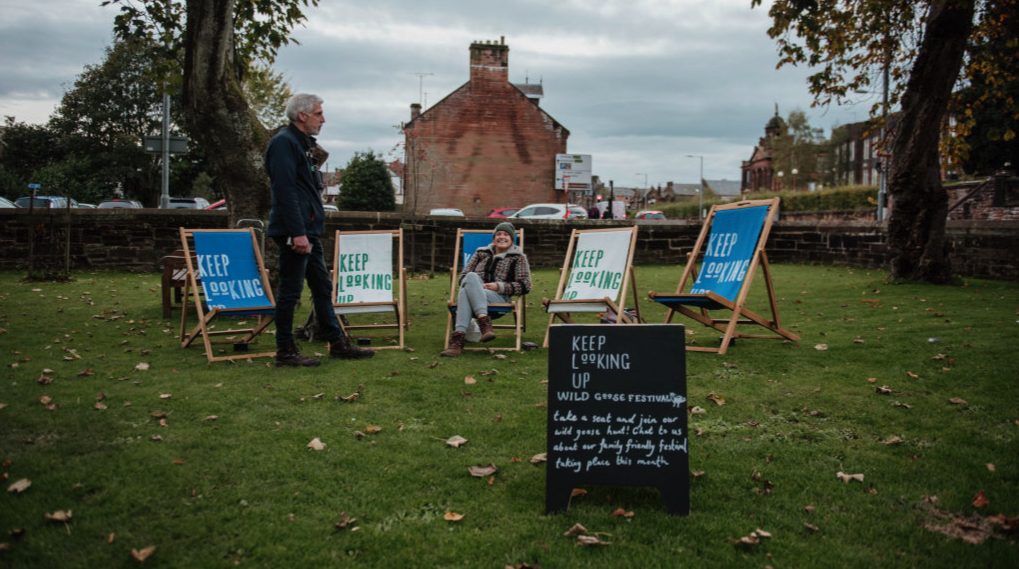
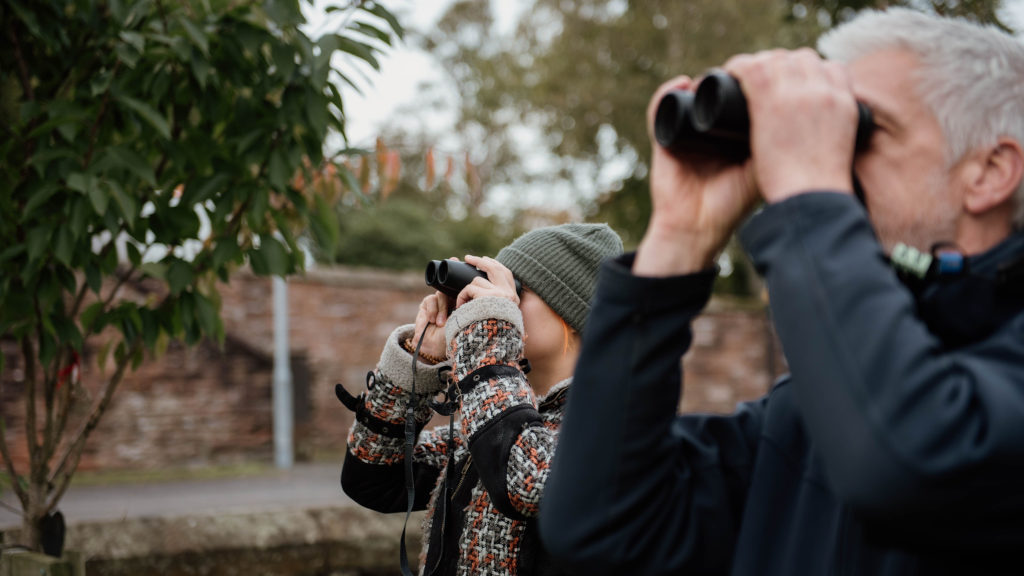
Wild Goose serves as a powerful reminder of the importance of preserving our natural heritage. The conclusion of our 2023 festival Three Sisters – A Story from the Climate Future promoted this sentiment, premiering an immersive audio drama set in 2030 questioning how we will live under the impacts of climate change.
The Stove Networks creative response to this year’s festival was the Keep Looking Up Roaming Exhibition. This exhibition invited members of the public to observe the skies and consider our relationship with the non-human inhabitants of our everyday spaces. The artwork prompted new ways of observing our wildlife and how we impact it, and vice versa.
A Legacy of Inspiration
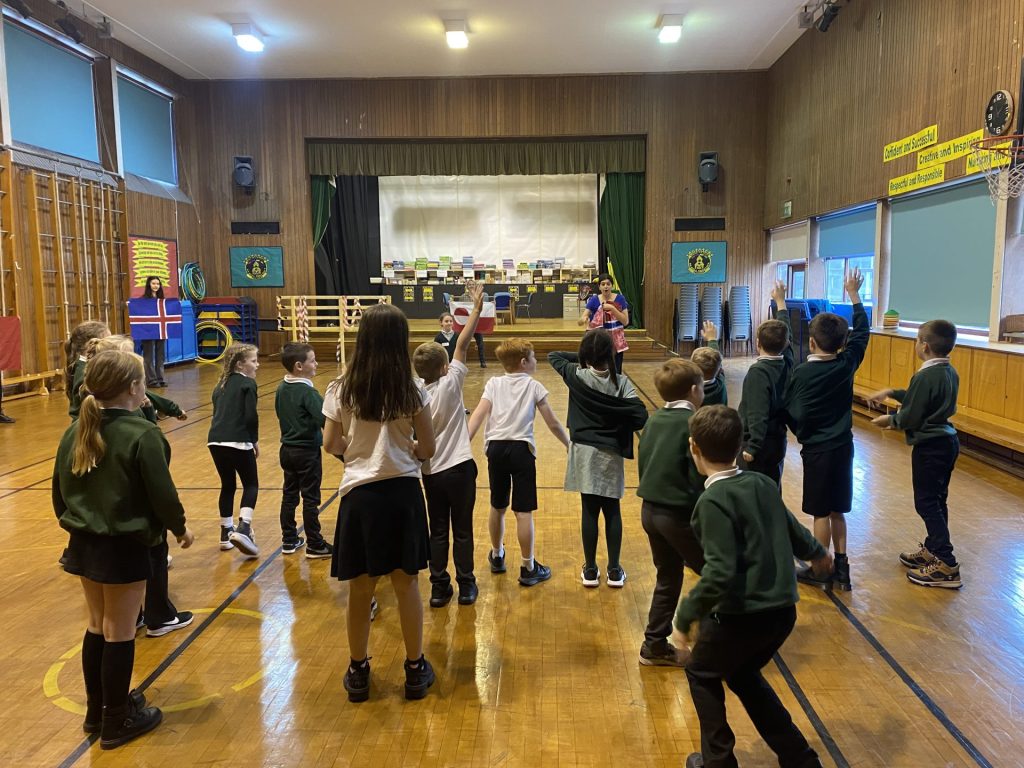
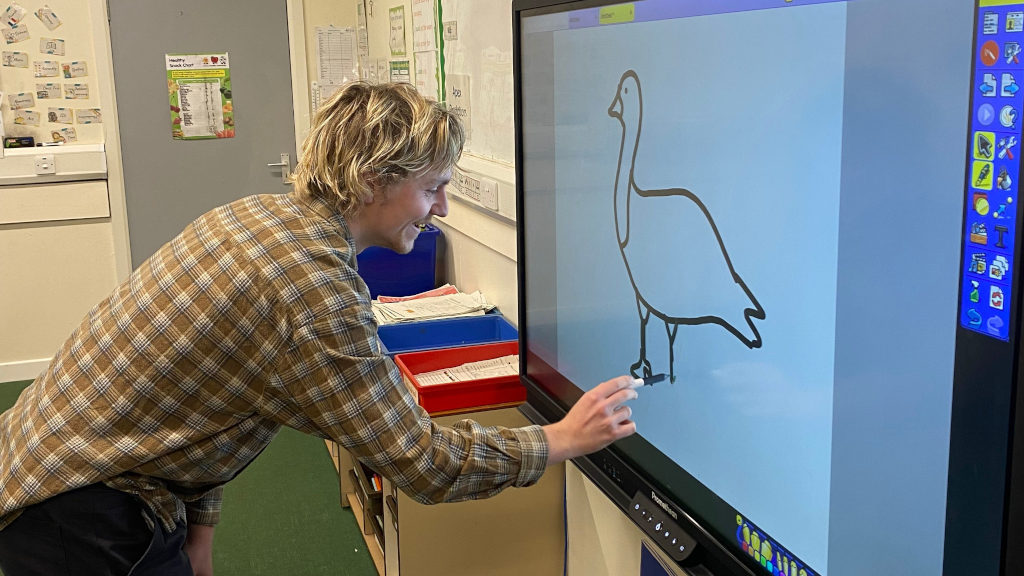
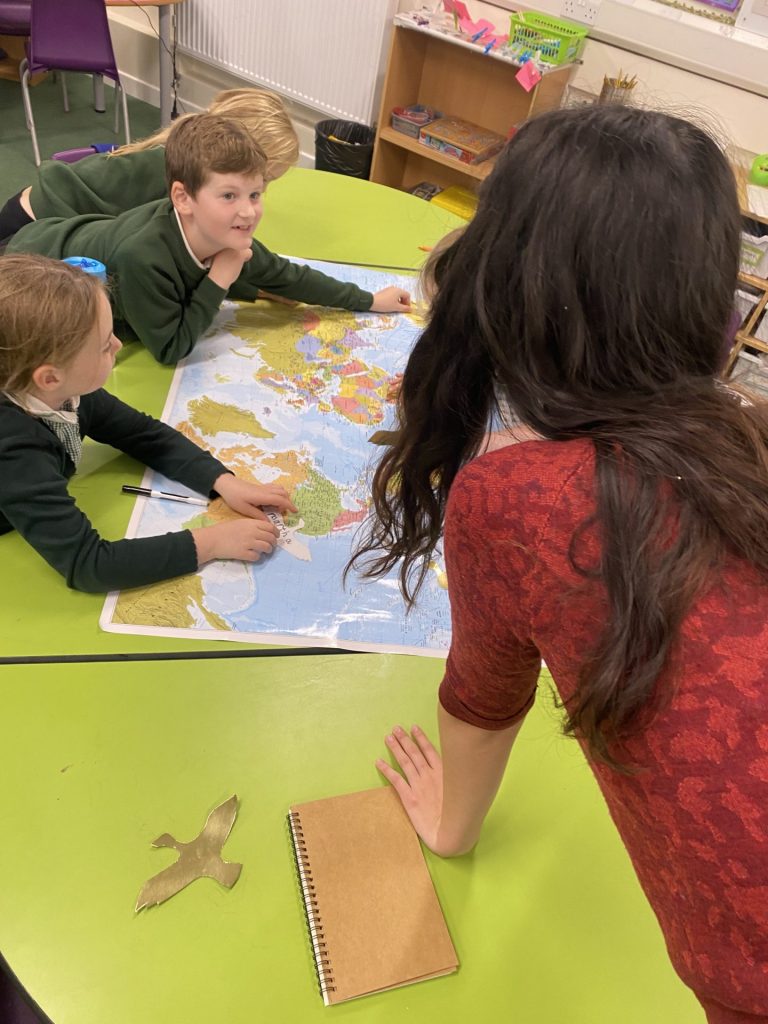
This year the Creative Spaces team worked with pupils from Laurieknowe Primary School to deliver a series of creative workshops on the migration of Geese and their relevance to the region. Learn more here.
As the Wild Goose Festival draws to a close this year, it leaves a legacy of inspiration and environmental stewardship of the unique biodiversity of Dumfries and Galloway.
The festival’s commitment to engaging communities through art, culture, and nature will continue in 2024.
Visit the Wild Goose Festival website here.
